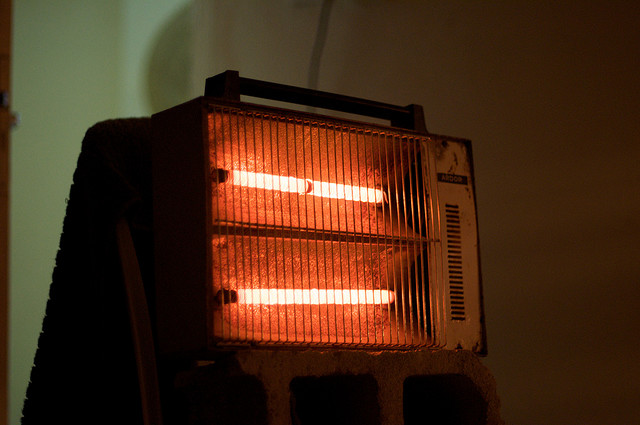A lot of people talk a good game about passive heating, but are they willing to face getting through a Minneapolis winter with no furnace and no fireplace? Paul Brazelton is. He recently finished retrofitting his home to become one of less than two dozen passivhauses in the U.S., which will mean facing 20-below winters with nothing but two small space heaters to heat a 2,000-foot home. He and his family had better hope passive heating works.
Luckily, it does, and it can mean energy savings of 75 to 90 percent. It does require a LOT of work, though:
Desiree and the Brazeltons' three daughters moved in with relatives as the work started this summer. Stucco was removed from the exterior. The rotting chimney was torn down. Heavy machinery dug a trench around the basement foundation.
What followed was a complicated process of adding insulation so that the home's shell — everything from the attic to the exterior walls to the basement slab — would be wrapped in insulation. The slab was broken up so that EPS foam could be laid under the house. The exterior walls were given vertical wooden ribs every few inches to hold the 9 1/2 inches of cellulose that would be required.
A retrofit like this costs $50 to $100 per square foot, but the energy savings start defraying that pretty quickly. The same can't necessarily said about the psychological costs — Brazelton says "I told my wife after this is done I'm going to check myself into a psych ward to decompress." They'll probably have a furnace there, but honestly, who needs it?


